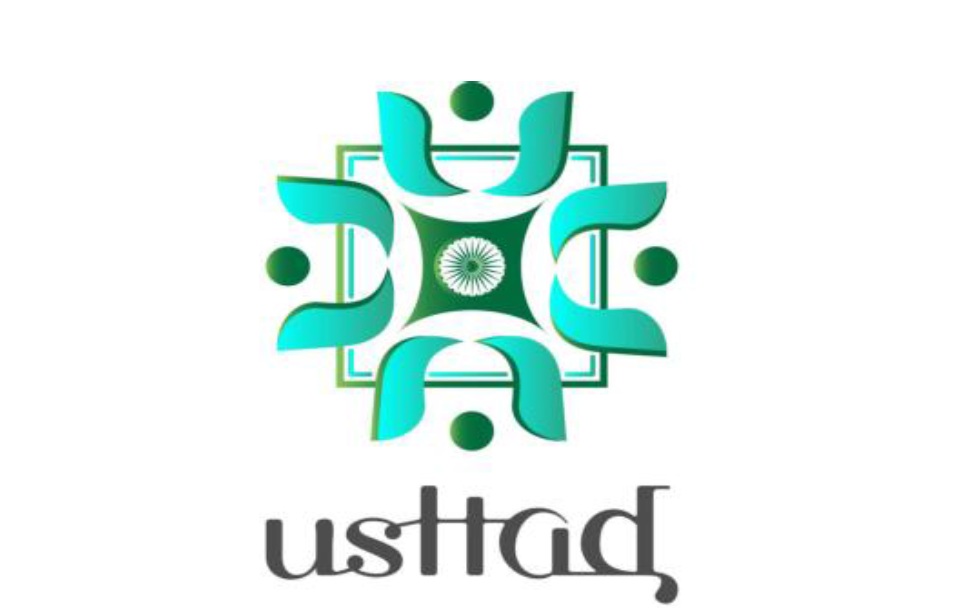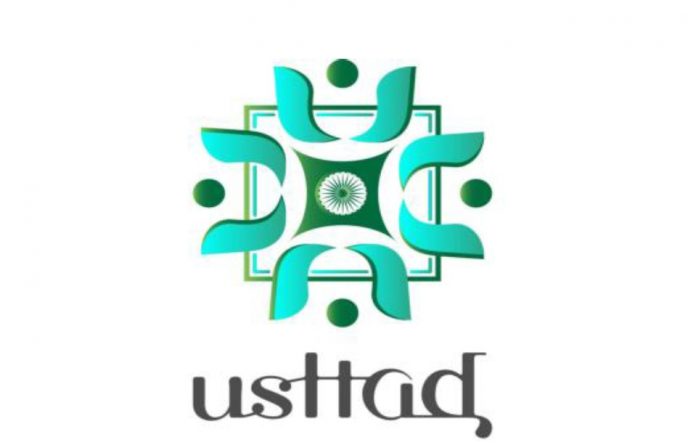By Siddhant Mohan, TwoCircles.net
Soon after Narendra Modi took charge as the Prime Minister of the country, he announced several schemes for the welfare of minorities in the country. One such scheme was USTTAD, which was announced in the year 2014.
Standing for the ‘Upgrading Skill and Training in Traditional Arts for Development’, the USTTAD scheme, unfortunately, is yet to reach minorities of the country.

The Union ministry of minority affairs launched the scheme in 2015 from the Narendra Modi’s constituency Varanasi, with the hopes of turning the minority artisans into ‘Ustaad’ (skilled teachers). The scheme was also aimed towards the providing the artisans a domestic as well as international market for the display and sale of their products.
When the then minister of minority affairs Najma Heptullah launched the scheme in 2015 in Varanasi, she claimed that the scheme was close to the heart of Prime Minister Modi and was a milestone towards empowering the ‘make in India’ campaign.
However, no one thought that the scheme for minority artisans and craftsmen would end up without the cognizance of minority itself. And the negligence started from the very base, where the scheme was launched, which is Varanasi.
The scheme basically includes two parts – knowledge partners and project implementing agencies (PIA). Knowledge partners which included agencies like the ministry of textile, ministry of culture, National Institute of Fashion Technology (NIFT) and National Institute of Design (NID), have to identify particular art or craft being practiced by the minority community. While the PIAs will have to provide the necessary training and skill development to the participants of such art and craft practices.
But in Varanasi and areas around, the knowledge partners NIFT and NID identified the art and craft practices which had very little to do with the minorities. Both NIFT and NID identified 3 or 4 crafts whose skill training and enhancement were to be performed. These crafts included ‘soft stone carving’ and construction of ‘wooden toys’, which make Varanasi famous.
Sadly, these crafts had very little representation of minorities, Muslims in this case. Even after Najma Heptullah instructed for the exclusive selection of Muslim representing crafts, the knowledge partners did not play their role well.
The worseness of the situation did not stop at the wrong selection of the craft. No PIA became listed from Varanasi or nearby districts which could provide the skill training to the selected artisans. At last, NID and NIFT conducted training of 15 individuals in 2016, which included hardly 7 Muslims. The same happened in 2017 when knowledge partners had to conduct training for the minorities without the minorities.
Lack of project implementing agency resulted in the lack of Ustaad, making this scheme devoid of its basic agenda. It became visible on April 30, 2016, when Najma Heptullah visited Varanasi again and participated in a demonstration of USTTAD scheme. On this day, faculties from NID and NIFT had to demonstrate by themselves because of lack of any skilled artisan.
At present, the USTTAD scheme has listed 72 organizations and NGOs as PIA. The surprising fact is that 46 out of these 72 PIAs are from the Uttar Pradesh itself. Apart from UP, the listed PIAs are from Rajasthan, Madhya Pradesh, Bihar, Assam, West Bengal, Jammu and Kashmir, Delhi, Uttarakhand, and Manipur. Rests of the states – many of which represent substantial Muslim population like Maharashtra, Telangana, Andhra Pradesh, Kerala and others – are not listed as PIAs in the Modi’s ambitious USTTAD scheme.
Out of 46 PIAs from Uttar Pradesh, areas like Varanasi, Bhadohi, Mirzapur, Ghazipur, Aligarh and few others are not listed which represent the maximum participation from the Muslim community in the local arts and crafts businesses.
For example, about 1.25 lakh Muslim in Varanasi are involved In Zari Zardozi hand embroidery business, which is also patented craft from the Banaras. But because of the absence of PIAs from the city and confused identification by the knowledge partners, this minority dominant business is left out of the scheme.
Same is with the Carpet industry of Bhadohi and Mirzapur, which are left out because of the lack of PIAs, and 80 percent of Muslim participants in these businesses are yet to receive the benefit of USTTAD scheme.
TwoCircles.net tried to contact the ministry of minority welfare for the comments on such negligence of the scheme, but no official related to the USTTAD scheme was available for the comments.
Social activist and founder of Human Welfare Association Dr Rajanikant has closely followed the USTTAD scheme. At several occasions, he is even called into the ministry of minority affairs for suggestions and meetings.
Rajanikant said, “This malfunctioning of the scheme is horrible. It was supposed to benefit minorities, but minorities are yet to see the light of this scheme.”
The scheme which is supposed to end with the 12th five-year plan has also the provision of fellowships and specific reservation for women and young artisans.
Rajanikant said, “Even with such a beautifully constructed scheme, no women and youth is coming forward. They are the one who should be trained to become Ustaad. A drive to include women and youth should also be run along.”
Rajanikant believes the lack of the scheme is not deliberate, but it starts with the failure of the knowledge partners. He said, “Scheme is not flawed. But knowledge partners are selecting the schemes which are not run by minorities. And the absence of PIAs is also making the scheme’s money to go in drainage.”
During his visit in 2016, Narendra Modi announced a trade facilitation center in Varanasi to help the craftsmen and weavers of the city. The facilitation center is yet to be completed. The main iron gate of the center dropped by wind blow just five minutes after Yogi’s convoy passed through it on August 27.
Rajanikant believes that even if the center is out of the USTTAD scheme, it may and it should help to promote the indigenous art and craft of the city.


